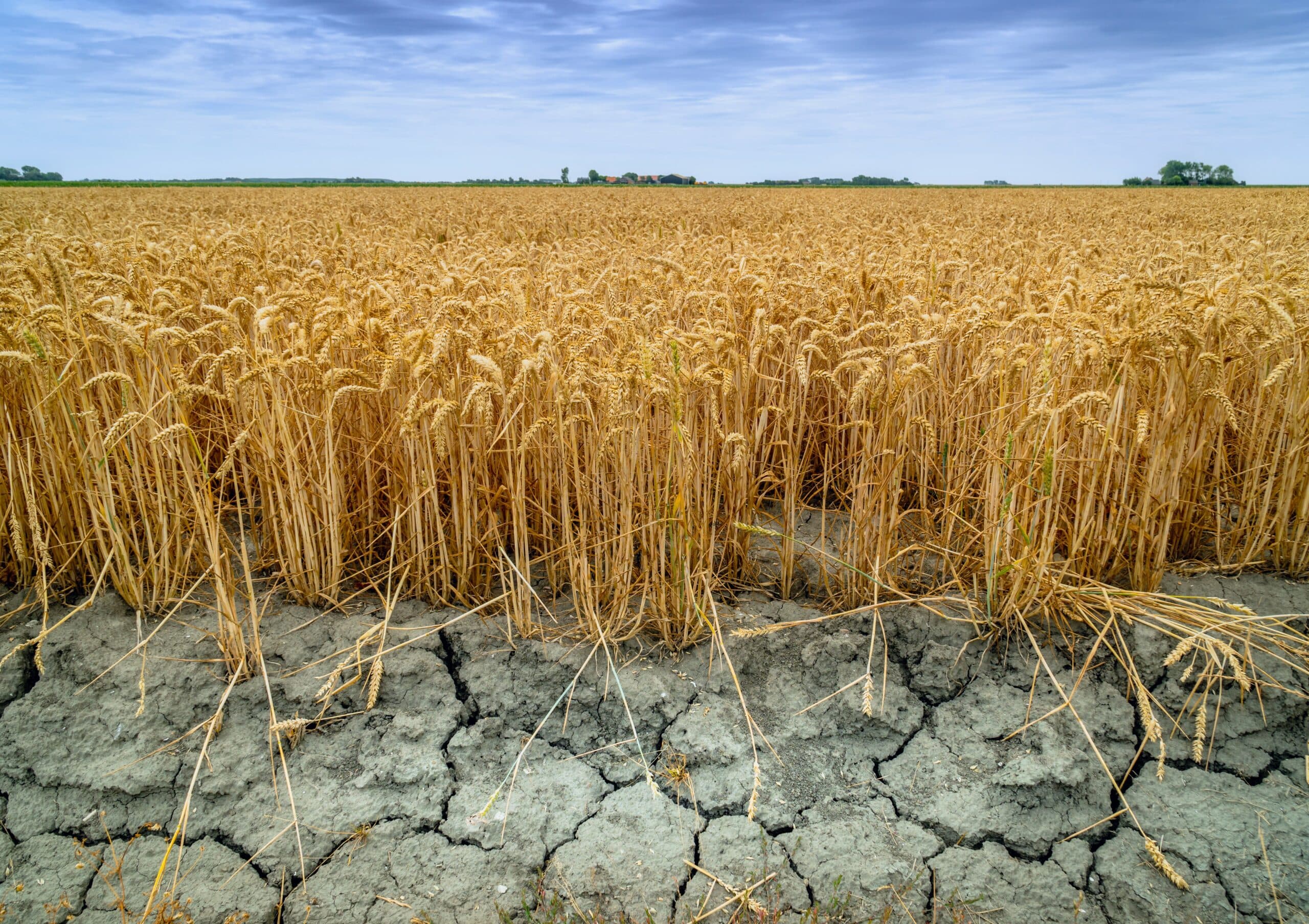
Global warming will produce droughts that persist for years
Rising global temperatures are causing droughts that are both more frequent and longer lasting, posing significant risks to people and ecosystems. New research from the University of East Anglia (UEA) shows that a temperature increase of 1.5°C will lead to dangerous consequences in India, China, Ethiopia, Ghana, Brazil and Egypt.
These six countries were selected for the study because of their contrasting sizes and different levels of development. The countries range from tropical to temperate, with forest, grassland and desert habitats.
The paper, led by Dr. Jeff Price, quantified the projected impacts of global warming on the probability and length of severe drought in the six countries.
“Current pledges for climate change mitigation, which are projected to still result in global warming levels of 3 °C or more, would impact all the countries in this study,” said Dr. Price.
In the 1.5 °C warming scenario, the drought probability is projected to triple in Brazil and China, double in Ethiopia and Ghana, increase slightly in India, and substantially increase in Egypt.
This changes drastically under a 4 °C warming scenario, where the probability of drought projected in Brazil and China is nearly 50 percent, up to 30 percent in Ethiopia and Ghana, nearly 20 percent in India, and 100 percent in Egypt.
The projected increase in drought probability increases alongside rising temperature. However, in Egypt even slight amounts of global warming could lead to large increases in drought probability.
“Not only does the area exposed to drought increase with global warming, but it also increases the length of the droughts,” said Professor Rachel Warren. “In Brazil, China, Ethiopia, and Ghana droughts of longer than two years are projected to occur even in a 1.5 °C warming scenario.”
In a 2 °C warming scenario, the length of droughts projected in all countries (except India) will exceed three years. In a 3 °C warming scenario, droughts are projected to approach 4 to 5 years, while a 4 °C warming scenario may produce droughts longer than five years in Brazil and China.
Also, the percentage of land projected to be exposed to a severe drought is expected to increase rapidly by the 1.5 °C warming scenario in Brazil, China and Egypt, and in areas of permanent snow and ice in India.
These regions form the headwaters of river systems, and the water supply for millions of people downstream. Severe drought could lead to declines in water storage, affecting water supply.
Drought can have major impacts on biodiversity, agricultural yields and economies. The amount of adaptation required to cope with increased drought increases rapidly with global warming.
“Meeting the Paris Accords could have major benefits in terms of reducing severe drought risk in these six countries, in all major land cover classes and for large percentages of the population worldwide,” said Professor Warren.
“This requires urgent global scale action now to stop deforestation (including in the Amazon) in this decade, and to decarbonize the energy system in this decade, so that we can reach global net zero greenhouse gas emissions by 2050.”
The research is published in the journal Climatic Change.
Check us out on EarthSnap, a free app brought to you by Eric Ralls and Earth.com.
—
By Katherine Bucko, Earth.com Staff Writer












